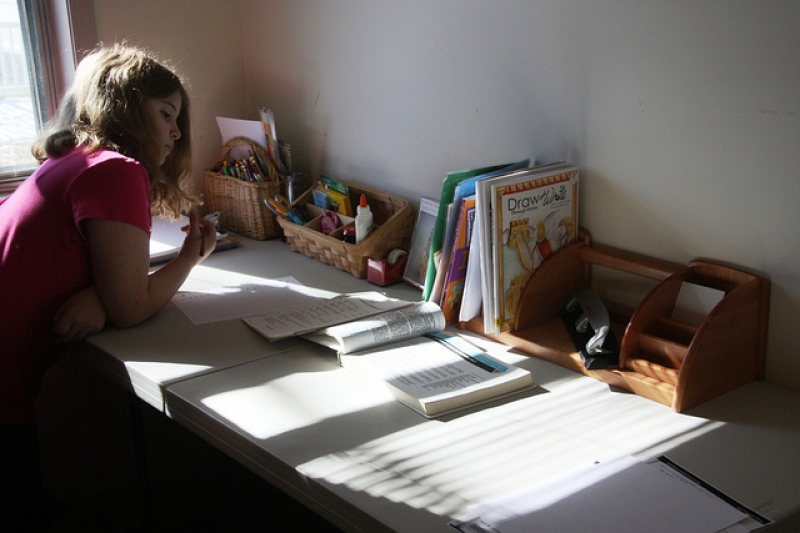
The U.S. Department of Education has released a report showing that the amount of students being homeschooled has doubled from 850,000 to 1.8 million between 1999 and 2012. DOE also noted that homeschooling has become more racially and ethnically diverse.
The survey was conducted by DOE's National Center for Education Statistics (NCES) on school-going or homeschooled students under 20 enrolled in grades equivalent to kindergarten through grade 12 in 50 states and the District of Columbia.
The study revealed that homeschooling enrollment increased most between 1999 and 2007, but slowed down between 2007 and 2012.
Most of the homeschooled children lived in rural areas (41 percent), followed by suburban areas (28 percent), cities (21 percent), and towns (10 percent). A majority of the students were white (83 percent).
A greater proportion of homeschoolers were enrolled in 9th to 12th grades (32 percent) and 6th to 8th grades (29 percent). Relatively fewer pupils were in 3rd to 5th grades (22 percent) and kindergarten to 2nd grade (18 percent).
About 32 percent of the students had parents who had at least some vocation or college degree, while 26 percent had a Bachelor's degree. Some 23 percent of the parents were high school graduates. Only 2 percent of the homeschoolers had parents who had dropped out of high school.
As many as 89 percent of the students were from non-poor background, while 11 percent had household incomes which fell below the poverty threshold.
Nine out of ten parents of homeschooled students say that factors including "safety, drugs, or negative peer pressure" was the main reason why they decided to educate their child at home. Other reasons cited by the parents were "a desire to provide moral instruction," (77 percent), "dissatisfaction with academic instruction at other schools" (74 percent), and "a desire to provide religious instruction" (64 percent).
President of DC Home Educators Association, Ethan Reedy, told Christian Post that families from a wide variety of backgrounds are opting for homeschooling.
"The homeschool community in America is growing, not just numerically, but in diversity. An earlier generation helped people understand that homeschooling was possible and that it produced better outcomes, on average, than American schools do," said Reedy.

















